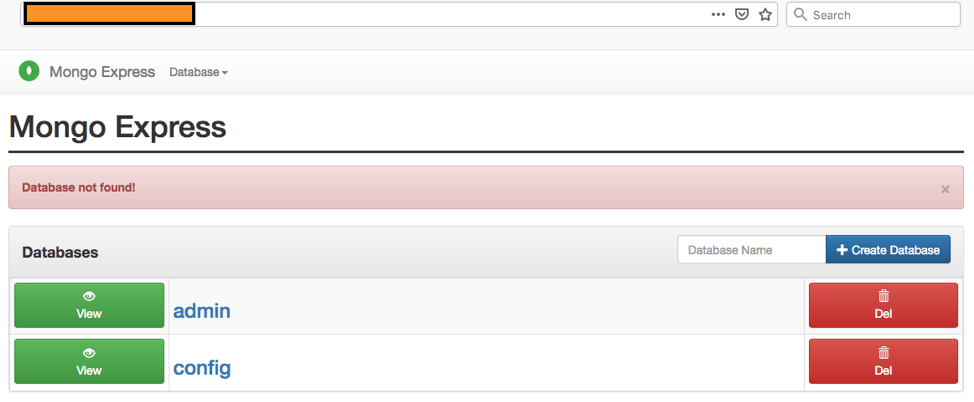

Status: Downloaded newer image for mongo:5.0 The subsequent launches will be faster.Ĭreating network "helloworld_default" with the default driverĭigest: sha256:187c20c000cc48184a8af0bc451fa1b4b4c4949d41cf8b2737327d584da323ae It will pull the MongoDB and Mongo Express images and take time for the first time. We also need to run the command docker-compose up to launch the application as shown below. Now, run the command docker-compose build to build the application. Replace the root password while configuring the docker-compose.yml. ME_CONFIG_MONGODB_ADMINPASSWORD=password database/production:/Databases/production Create the docker-compose.yml at the root of your project directory as shown below. In this step, we will configure and install MongoDB and Mongo Express using the official images. MacOS - How To Install Docker Desktop On Mac Ubuntu - How To Install Docker Engine on Ubuntu 20.04 LTS Optionally you may follow How To Change Docker Data Path On Windows 10. Windows - How To Install WSL 2 (Windows Subsystem for Linux) with Ubuntu On Windows 10 and How To Install Docker Desktop On Windows 10. This tutorial provides all the steps to containerize MySQL and phpMyAdmin using Docker containers. We can use Docker Containers to make our application portable so that we can simply move it to another system having docker. We can containerize our applications using Docker to have a separate installation of the required packages with the application-specific versions independent of the underlying operating system.


 0 kommentar(er)
0 kommentar(er)
